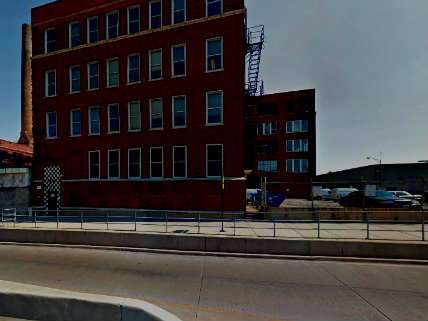Noah Berlatsky on Shady Chicago Police Practices
Chicago policing echos Abu Ghraib.
Police brutality in the wake of Ferguson is often framed in terms of militarization. Once upon a time, the narrative goes, law enforcement in American cities focused on community policing and non-violent methods. Then there was 9/11 and the War on Terror. Anti-terror money was funneled into police departments, which purchased or received military-grade equipment and were corrupted by the example of Abu Ghraib and a general domestic environment of paranoia.

This narrative informs the (excellent, horrifying) new report from Spencer Ackerman on a CIA-style black site run by the Chicago Police Department (CPD)—an "off-the-books interrogation compound" where suspects are restrained, denied access to legal counsel, and sometimes beaten. Ackerman says that the site, at Homan Square, is but one of Chicago police practices that "echo the much-criticized detention abuses of the U.S. war on terrorism."
He's not wrong here, writes Noah Berlatsky. Chicago policing does echo Abu Ghraib, and using torture overseas can affect domestic law enforcement. But the causality is confused. CPD didn't need, and doesn't need, the War on Terror to teach it to violate civil rights—it's had decades of practice already. The problem is not that the War on Terror is bleeding into domestic policing, argues Berlatsky, but rather that the War on Terror and domestic policing are part of a single vicious whole, in which tactics and ideologies are shared between military, police, and the public, allowing for state torture and violence both at home and overseas.


Show Comments (0)